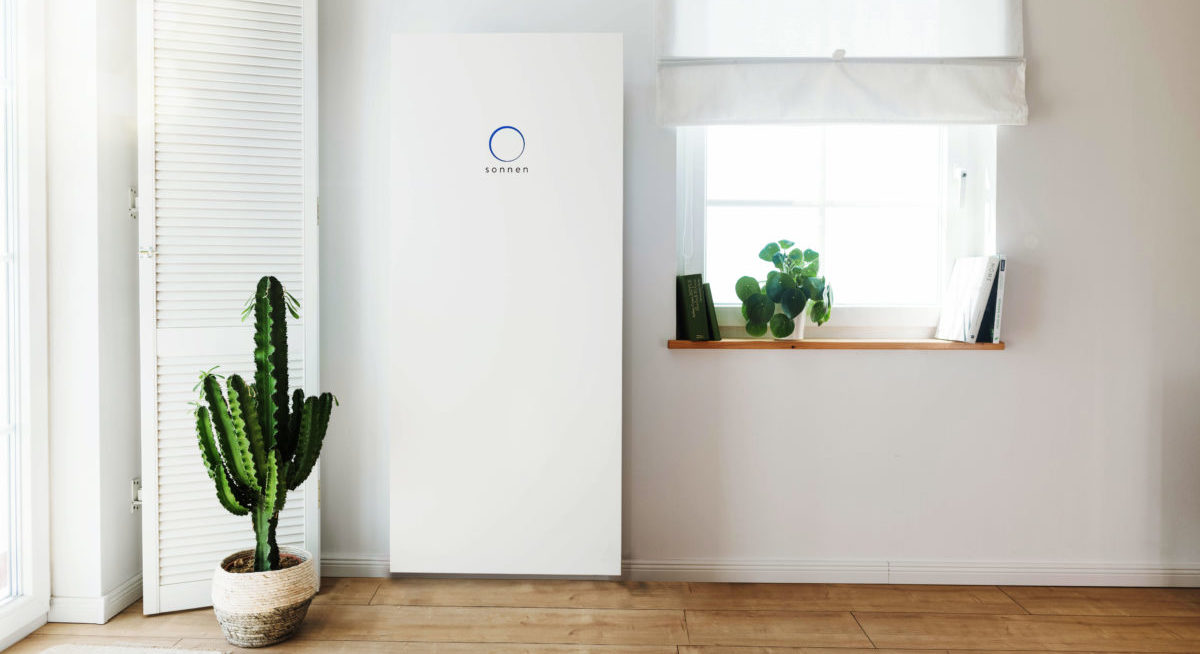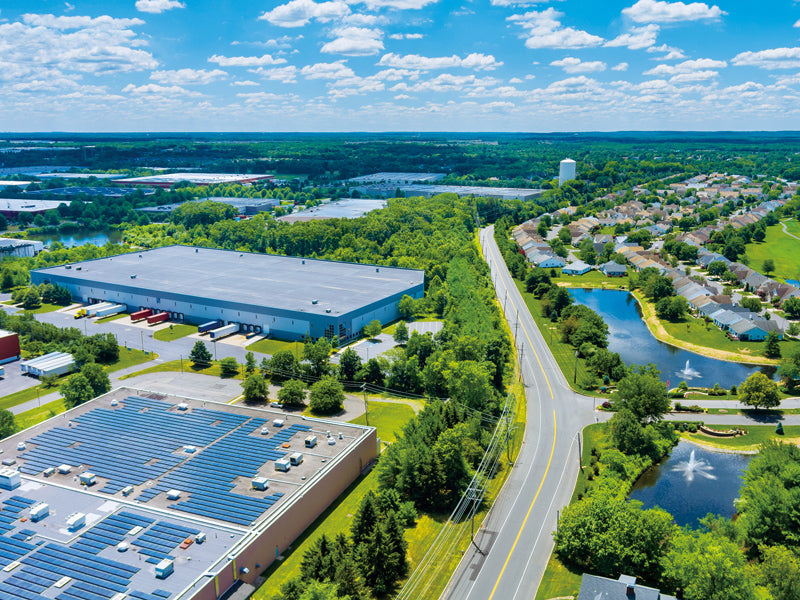https://www.pv-magazine.com/2022/09/09/solar-geothermal-heat-pumps-for-heating-cooling-demand-in-office-buildings/
Solar, geothermal heat pumps for heating, cooling demand in office buildings

Image: 652234, Pixabay
Scientists at Greece's National Centre for Scientific Research (Demokritos) have designed a new, integrated energy system for office buildings. They claim it would be able to largely cover a building's cooling and heating demand with geothermal heat pumps and solar energy.
They usedphotovoltaic-thermal (PVT) panels to directly cover the heat demand via their high-temperature heat production and provide low-temperature heat to the heat pump at moments with low solar irradiation. This leads to a smaller temperature lift and thus to a significant improvement of the coefficient of performance (COP).
The multi-source heat pump receives heat from either ambient air or water, with the selection based on maximum performance.
“The system includes standard (low-cost) water tanks that are charged by both the heat pump and the collectors and supply the demand,” the researchers said. “This operational flexibility decouples the production with consumption up to some extent.”
For heating production, the system also uses a condenser that is always coupled with a buffer tank that stores the hot water at a maximum temperature of 45 C. The water is then sent to the space heating circuit during winter. The tank can be also charged by the PVT module at hours of high solar radiation.
“Otherwise, the collectors charge the solar buffer tank, enabling the solar-assistance mode of the heat pump by providing heat to its evaporator,” the scientists explained.
In the heating mode, during high solar radiation, the PVT panels charge the space buffer tank, which is used for space heating. In low radiation, the heat is stored in a buffer water tank and is used to supply heat to the evaporator of the heat pump.
Popular content
“During the night, the heat pump can be still supplied by the solar buffer tank if its temperature is more than 10 C and higher than the ground temperature,” the scientists said. “In any case, if the ground has a higher temperature than the solar buffer tank, the ground source is preferred, which has a much smaller sensitivity to temperature fluctuations.”
The academics said that the proposed system configuration, depending on the latitude and environmental conditions, could be successfully implemented in several European countries.
“Such layout is promising for office buildings in diverse climatic regions in Europe, revealing that it is possible to reach a 75% renewable share on an annual basis in south Europe for buildings with a moderate energy-efficiency level, and even 80% for new buildings, when also considering the electricity consumption of the building itself,” they said. “This share is reduced to 50% to 60% in Copenhagen, due to the lower solar potential during the winter months.”
They presented their findings in t”Towards a 100% renewable energy share for heating and cooling in office buildings with solar and geothermal energy,” which was recently published in Solar Energy Advances.
“The next steps of this work will focus on the electricity self-consumption, to minimize the energy exchange with the grid and thus enhance the system's cost-effectiveness and on the implementation of a small-scale pilot system for long-term testing under both residential and office building profiles to verify the concept at real conditions,” they said.
This content is protected by copyright and may not be reused. If you want to cooperate with us and would like to reuse some of our content, please contact: editors@pv-magazine.com.




